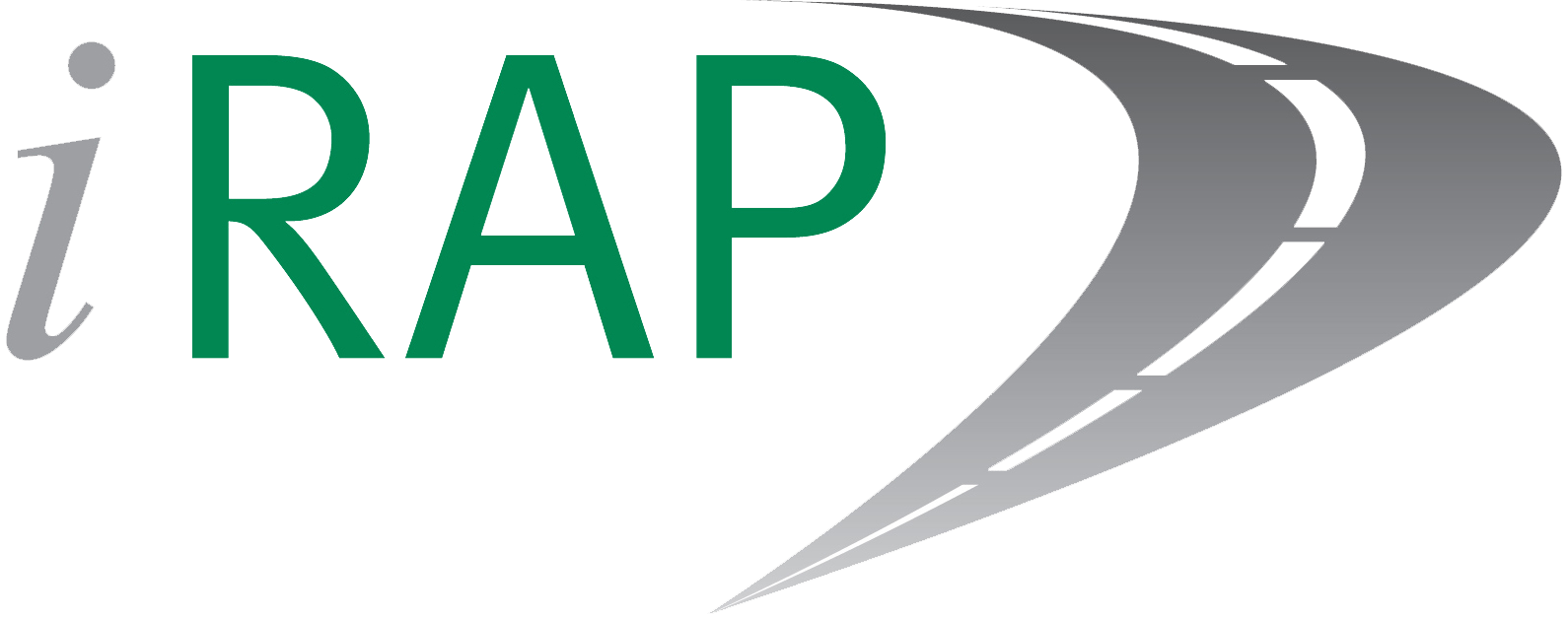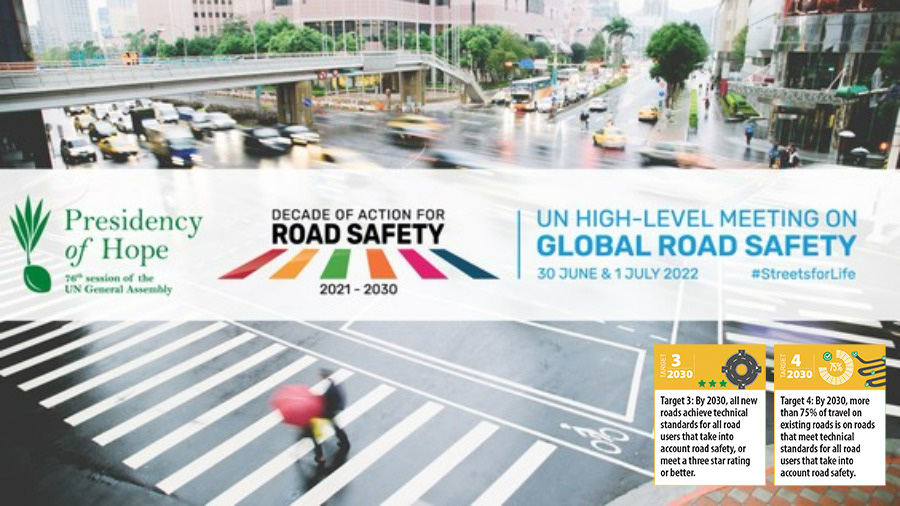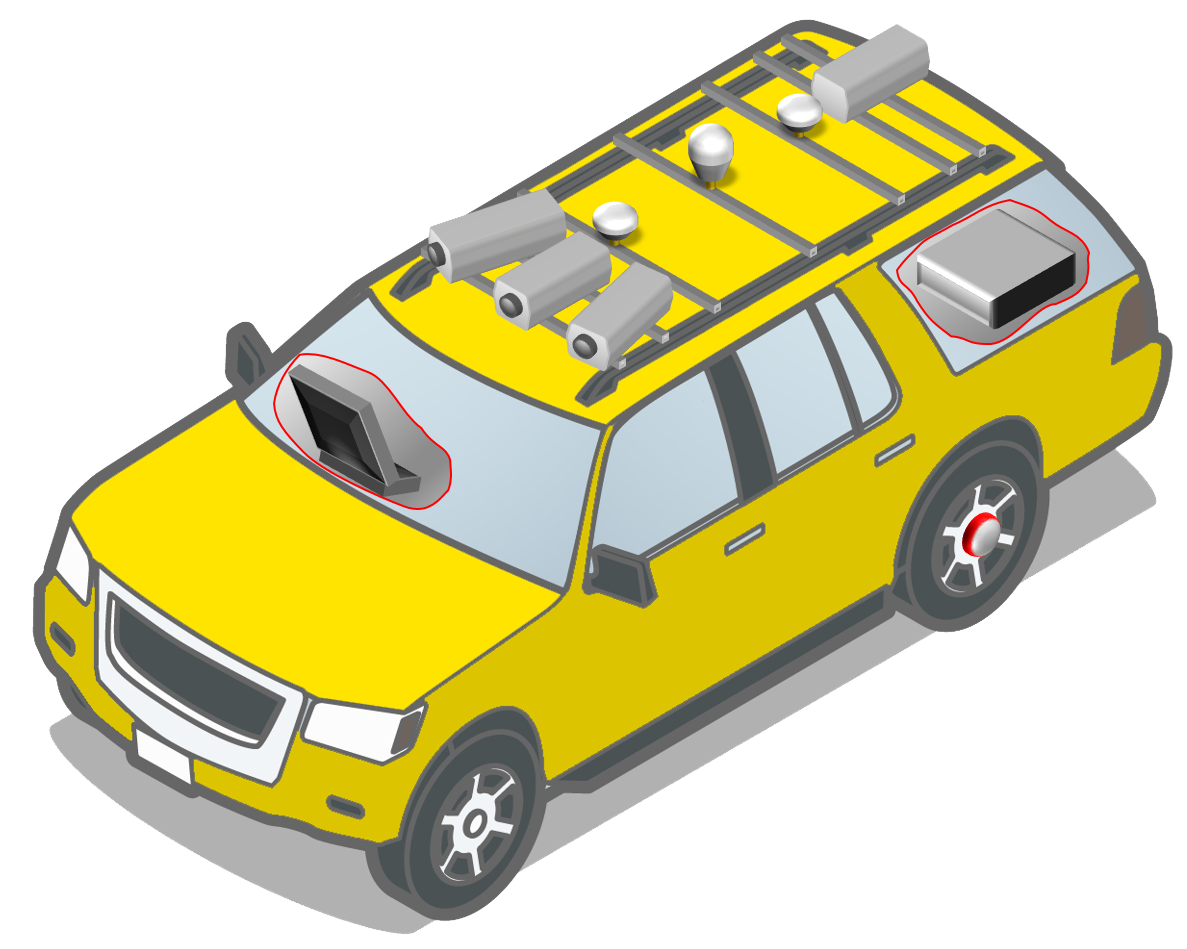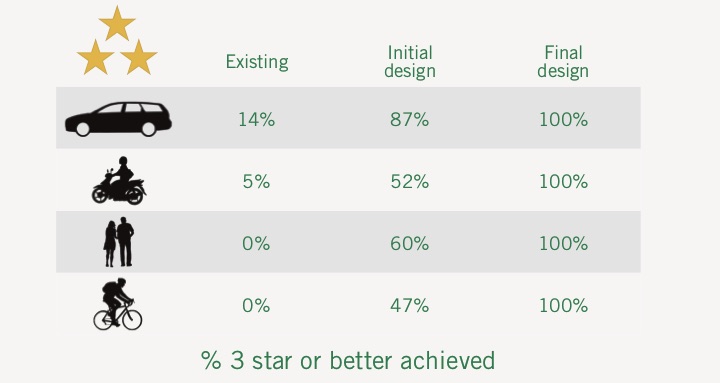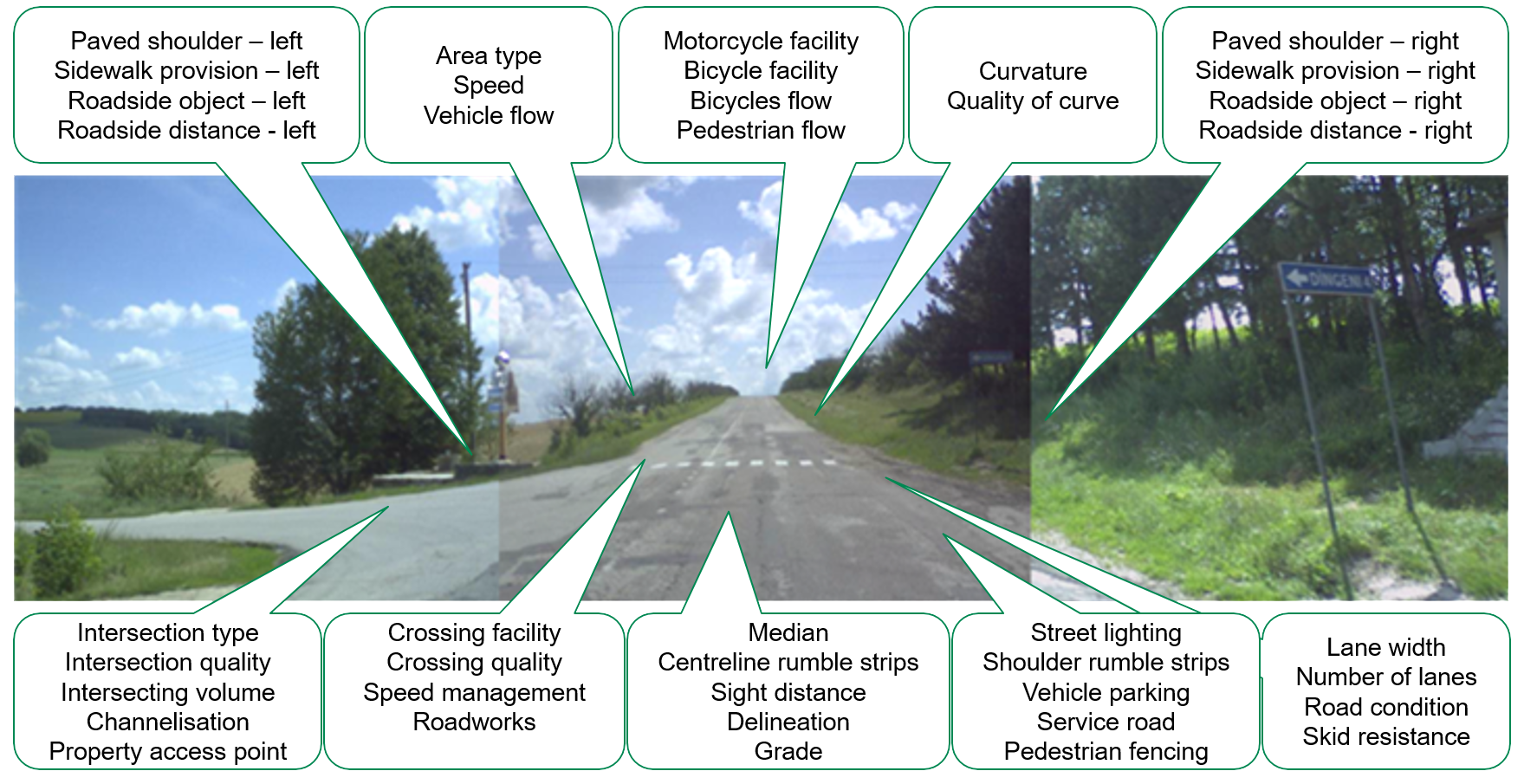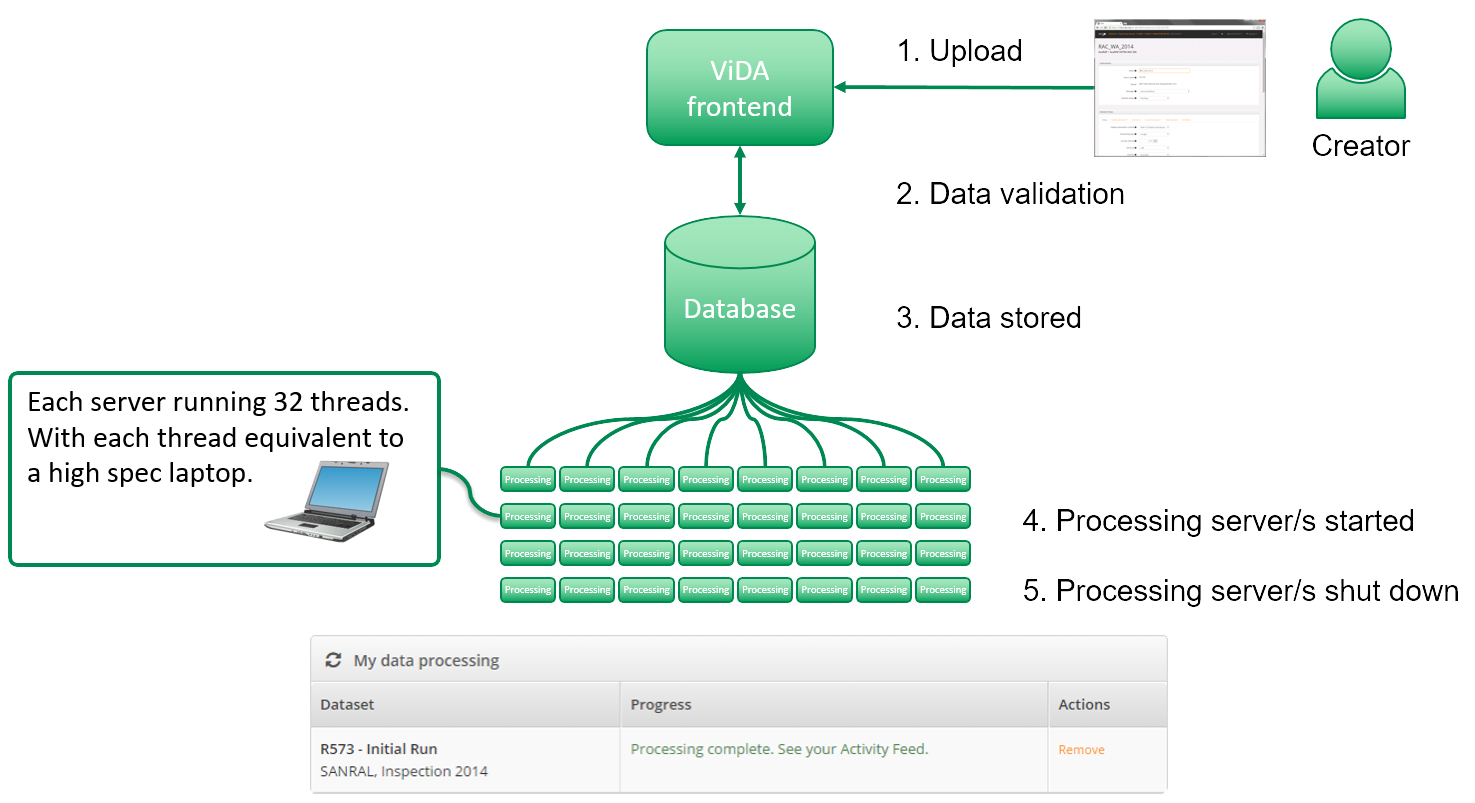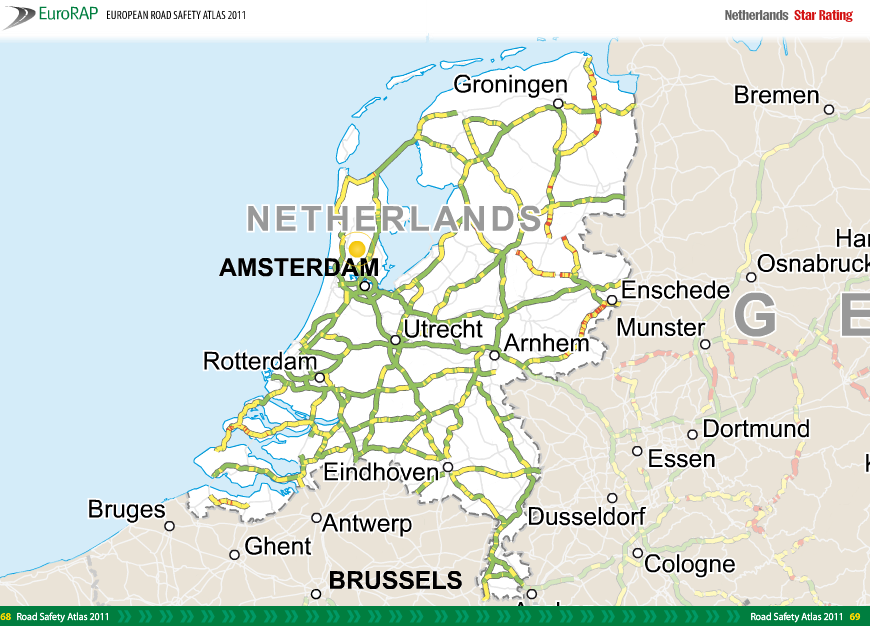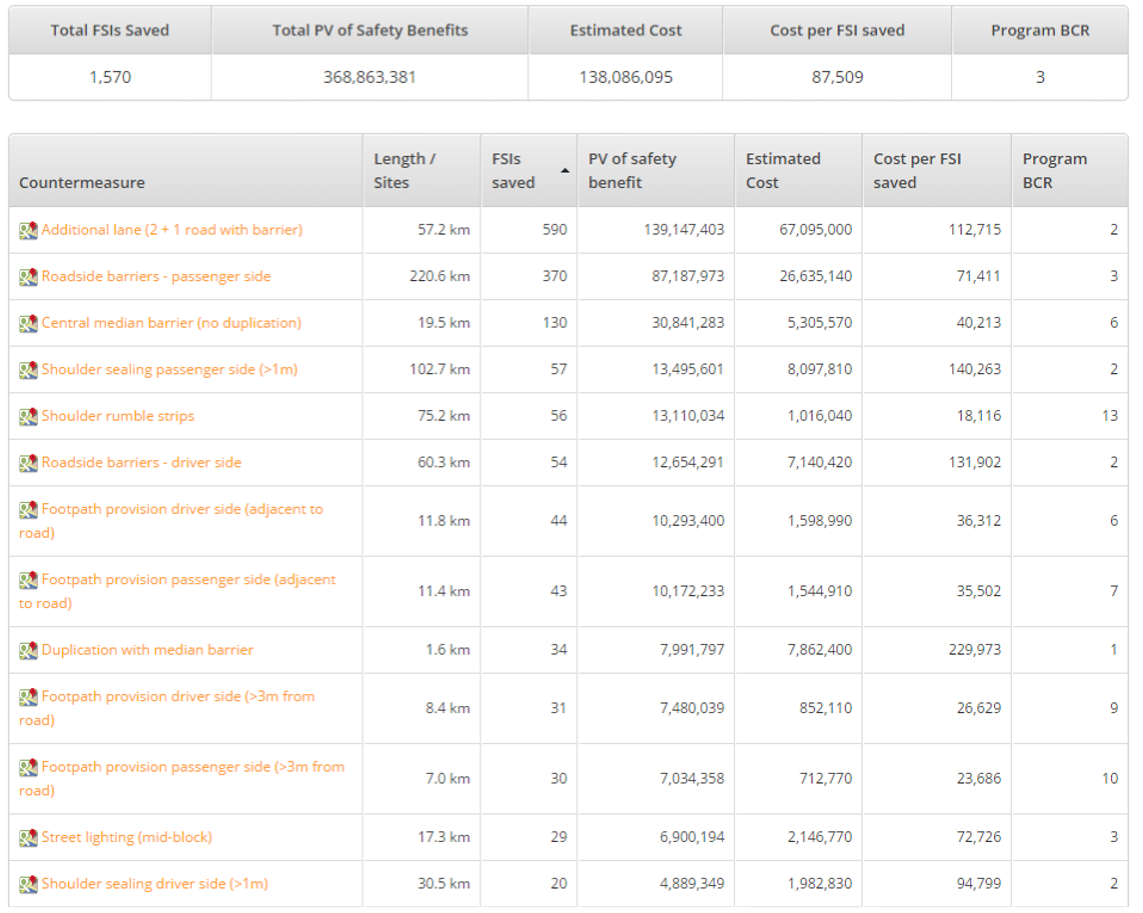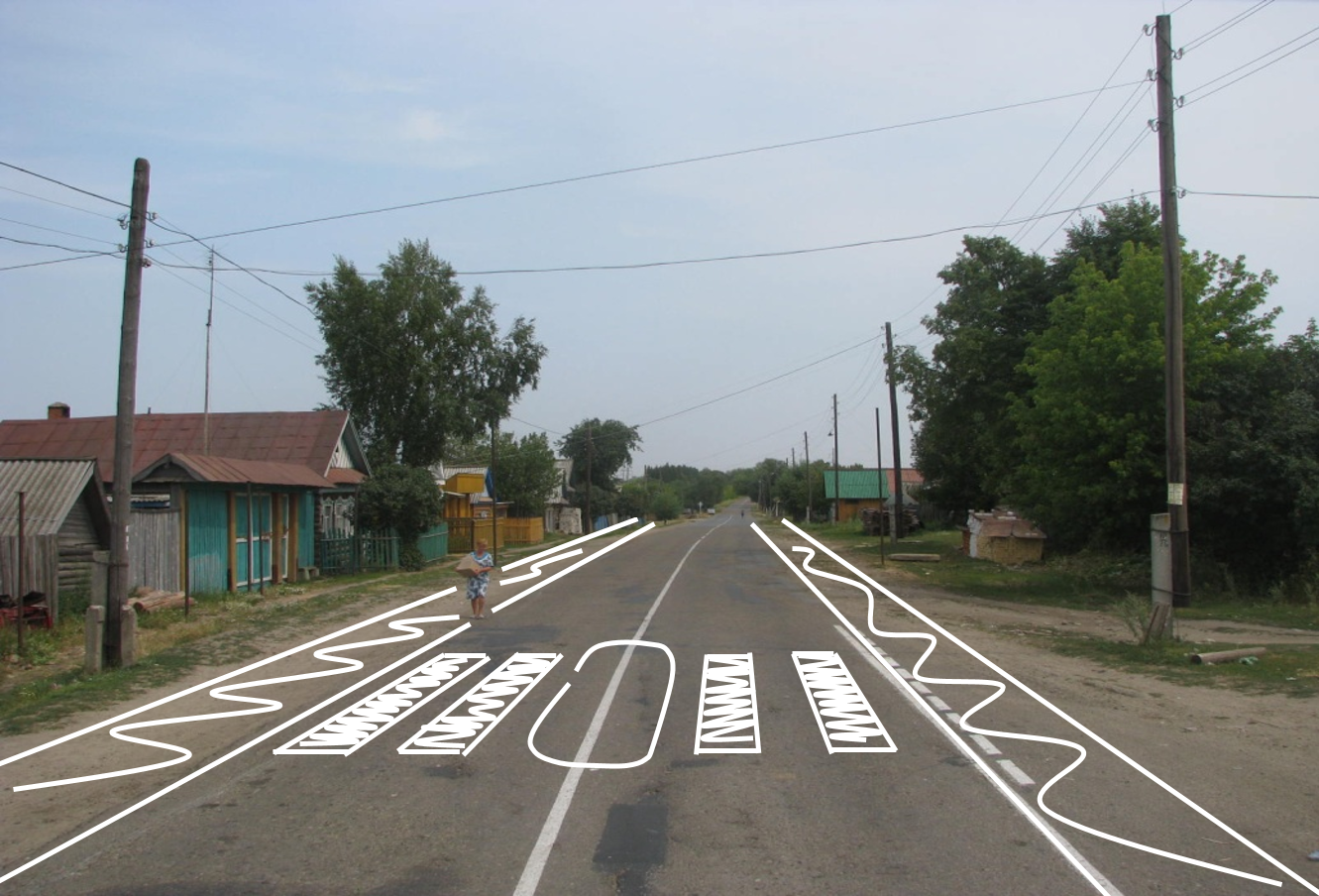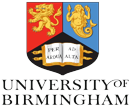Recognising the unacceptable scale of road trauma globally, World Leaders gathered in New York last week to commit to an increase in investment and action to ensure the SDG goal to halve road deaths and injuries by 2030 is met. Ensuring the Global Plan for the Decade of Action is embraced and implemented at a national level was highlighted by many, including the need to meet Targets 3 and 4 for safer road infrastructure for all road users.
Partners’ work in more than 100 countries and the critical need for high-level prioritisation of safe roads were key focusses of the first ever UN High-level Meeting on Road Safety held from 30 June to 1 July.
iRAP CEO Rob McInerney and Global Strategic Projects Director Julio Urzua were on-the-ground to meet with Ministers and delegations to support their ongoing efforts to target high-risk roads, set policy targets for 3-star or better new and existing roads, provide the business case for safer roads and invest in the proven treatments that can save lives and reduce injuries.
“Building on the iRAP partnerships that now extend across more than 100 countries worldwide and an associated US$80 billion of investment made safer, the event provided the opportunity for delegations to share success and inspiration for what is possible as leaders committed to Securing a decade of action and delivery for road safety.” Rob said.
The meeting was attended by Heads of State, Ministers and Member States’ representatives of Permanent Missions to the United Nations, as well as select road safety NGOs and stakeholders, granted attendance by application.
It resulted in a Political Declaration and, based on analysis by the Global Alliance of NGOs for Road Safety, the presentation of 73 Statements by Member States sharing the road safety progress of their countries. Of those, 80% mentioned a national strategy, 55% mentioned a specific national road death reduction and only 21% mentioned a budget allocation. Read the Alliance’s :
- Summarised event analysis here;
- Declaration analysis here; and
- National Statements analysis here of which the most commonly mentioned evidence-based intervention was infrastructure (in 35 statements).
On the back of the analysis, the Alliance is calling for:
- Member States to report specifically on lives saved, injuries reduced, money spent, and what it was spent on during the 78th and 80th sessions of the UN General Assembly in 2023 and 2025; and
- National road safety agencies to engage with the reporting process and Heads of State to attend the next High-level Meeting in 2026.
Video highlights
Saul Billingsley on the importance of evidence-based programmes like iRAP to road safety and linked agendas. During his statement, Saul displayed the iRAP Countries’ Summary Overview detailing national safer roads activity for nearly 150 countries and the human and economic benefit of achieving UN Targets 3 and 4 by 2030. A must for all countries to read! (1:20 mins)
H.E. António Guterres, Secretary-General of the United Nations on the linkage of road fatalities to poor road infrastructure and economic development (0:26 mins)
National Statements including RAP
Datuk Seri Ir. Dr. Wee Ka Siong, Minister of Transport, Malaysia (0:41 mins)
Delígne Ascención, Minister of Public Works and Communications, Dominican Republic (1:22 mins)
Setting the scene: Meeting Opening and Closing Addresses
Opening Address of Abdulla Shahid, President of the 76th UN General Assembly: As we begin our deliberations, I have 5 core messages… (3:05 mins)
Closing Address of Etienne Krug, Director Social Determinants of Health, WHO: Going home, each country needs to … (1:53 mins)
On raising large-scale financing for road safety
Ylva Wessen, President and CEO of Folksam Group on generating large-scale financing and the value of road safety bonds (2 mins)
On experiencing the High-level Meeting
Vice-Minister Saul Castelar met with the iRAP team to discuss plans for eliminating high-risk roads in El Salvador (43 secs)
Star Rating for Schools impact and the need to prioritise youth
Fernanda (Nani) Rodriguez, Executive Director, Fundación Gonzalo Rodríguez and Star Rating for Schools Lead Partner on the power of NGOs and investment in safer schools, sharing Argentinian example of cost-effective 5-star upgrades (1:51 mins)
Estiara Ellizar, Global Youth Coalition for Road Safety Ambassador’s appeal to Member States to stop the number 1 killer of youth and engage meaningfully with young people
Global Youth Coalition for Road Safety ‘Claimin it Video’ shared during the meeting (4:24 mins). An Art Exhibition featured 6 youth artists from Argentina, Brazil, Jordan, Nigeria, India and South Africa
Programme and coverage
- See the programme here
- See the list and order of countries who presented National Statements here
A concise overview of key points raised by countries in their National Statements can be viewed here (thanks to the Australasian College of Road Safety for this shared information) - Watch the recordings of the event on UNWebTV:
Day 1 plenary session here (Opening and National Statements)
Day 1 plenary session (continued) here and here.
Day 2 Multi-stakeholder Panel Sessions 1 and 2 here on 1). Incorporating road safety into sustainable development: Political will and whole-of-government approach and 2). Mobilizing all stakeholders to accelerate the implementation of the Global Plan and achieve the 50% reduction
Day 2 Multi-stakeholder Panel Session 3 on Sustained domestic investments and international financing for capacity-building and development assistance in evidence-based road safety interventions here and Closing Statements here
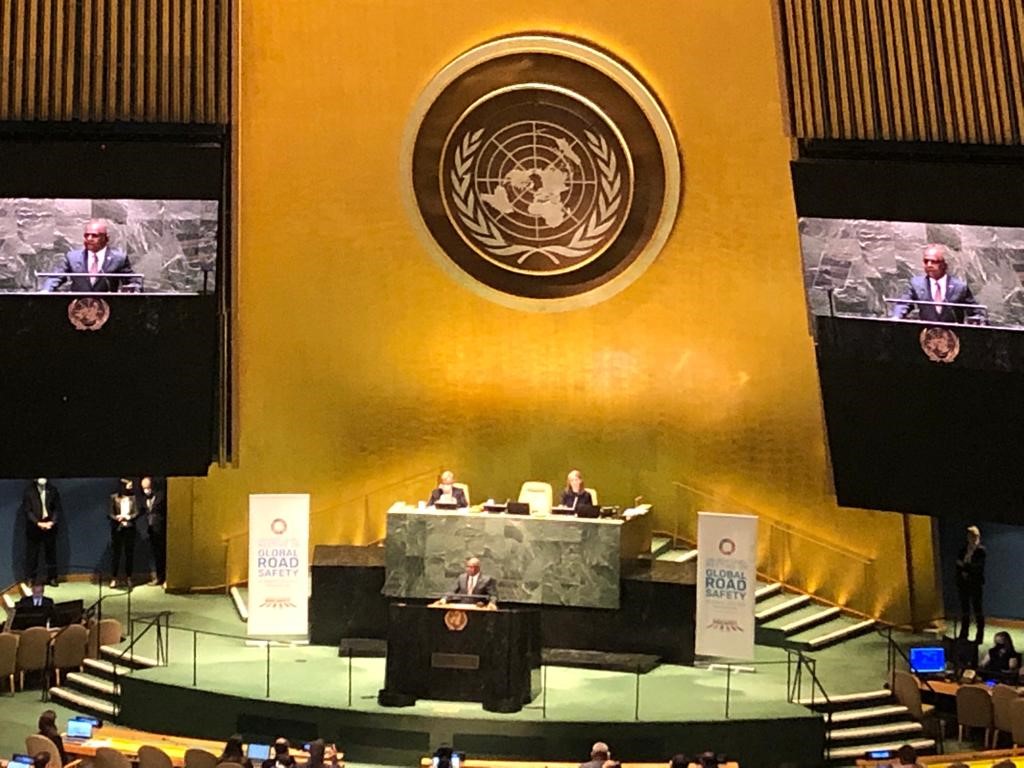
Outcome Declaration and responses
- See the Outcome Political Declaration of the High-level Meeting, representing a commitment by all countries to deliver on the Decade of Action for Road Safety 2021-2030 here.
- See iRAP’s Response to the Declaration, supporting the Statement of the Alliance of NGOs for Road Safety here. It acknowledges the challenging circumstances under which the Declaration was negotiated, but also calls on countries to do more.
- The Global Alliance of NGOs for Road Safety is underway with tracking the commitments made by countries at the event and will monitor their fulfilment to action.
Other iRAP activity whilst in New York
Whilst in New York, iRAP attended several High-level Meeting Side Events including the UNICEF Child Road Safety: Global Drive to Action Side Event, Bloomberg Philanthropies Reception and Youth for Road Safety Art Exhibition and Official “Stop Blaming Us, Start Engaging Us!” Side Event.
In addition, Rob presented at the Global Road Safety Leadership (GRSLC) Course on 29 June. His presentation explored Road safety leadership in NGOs and engagement with multilateral development banks.
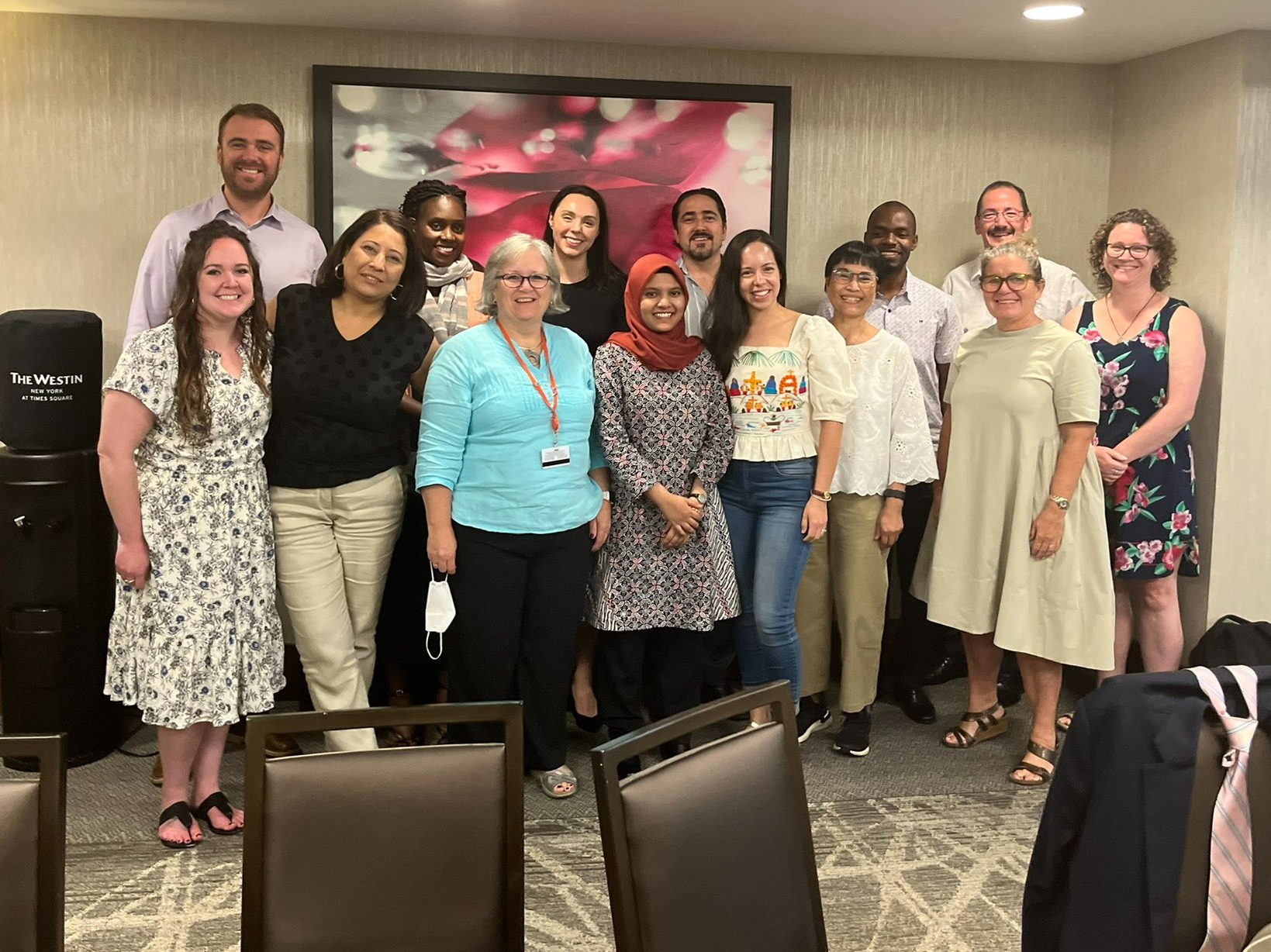
Global Road Safety Leadership Course participants
After 3 years of COVID isolation, Rob and Julio enjoyed the opportunity to meet face-to-face with national ministers and partners including:
Eng. Gilbert G. Mwoga, Director of Infrastructure Development, President’s Office – Regional Administration and Local Government (PO-RALG), Tanzania and Julio discussing TanRAP launch
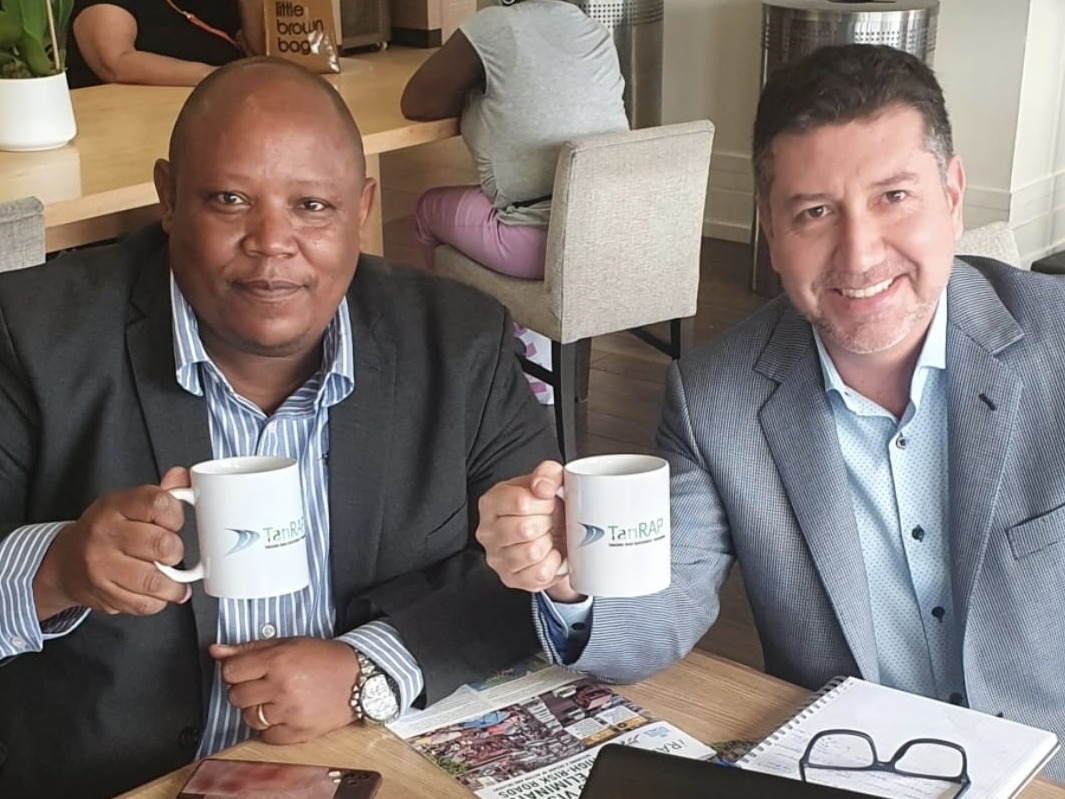
With Vanessa Rubio, Movete Seguro and Saul Antonio Castelar Contreras, Vice-Minister of Transport, Government of El Salvador
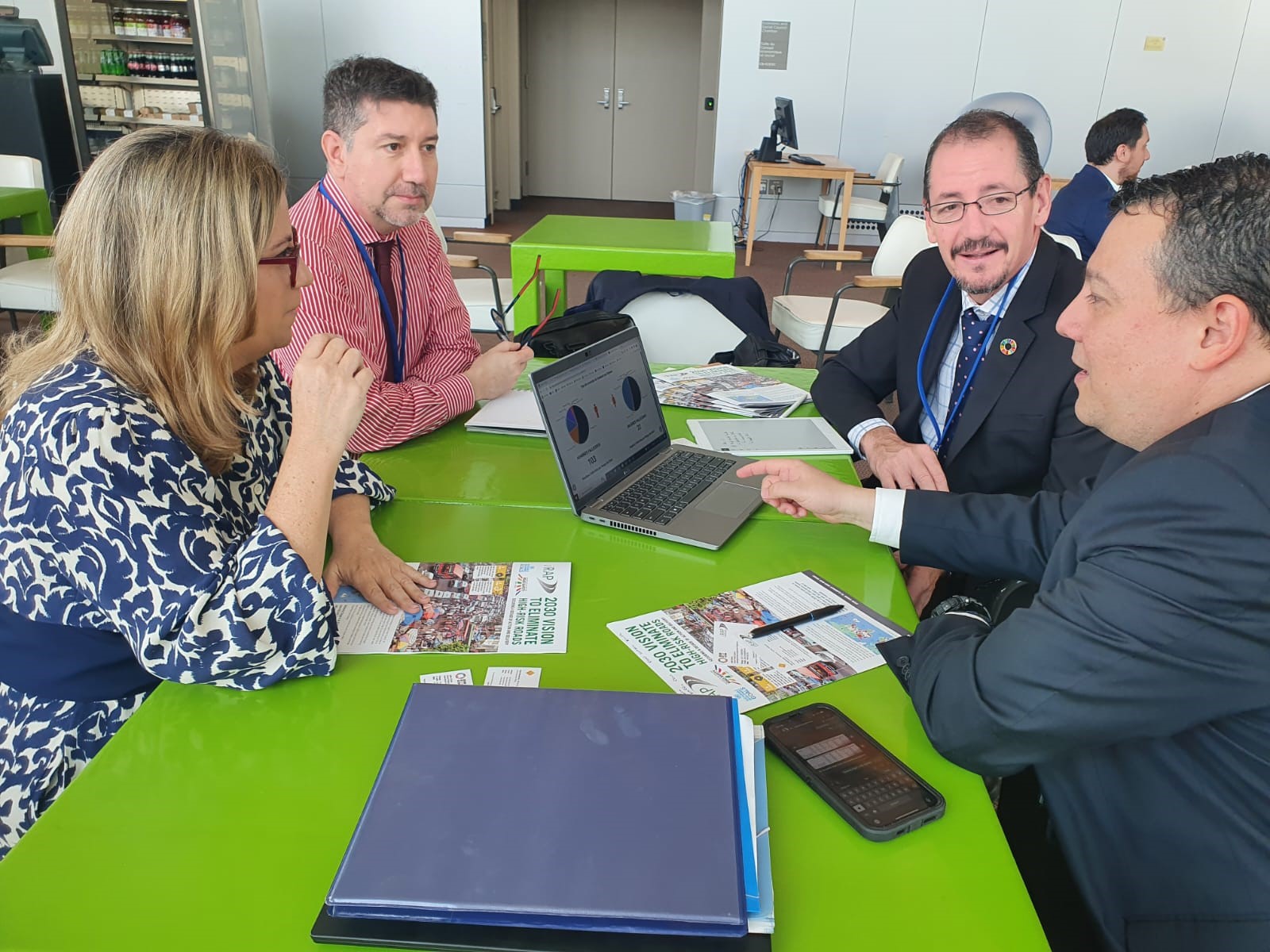
Road safety partners at the High-level Meeting at UN Headquarters, New York
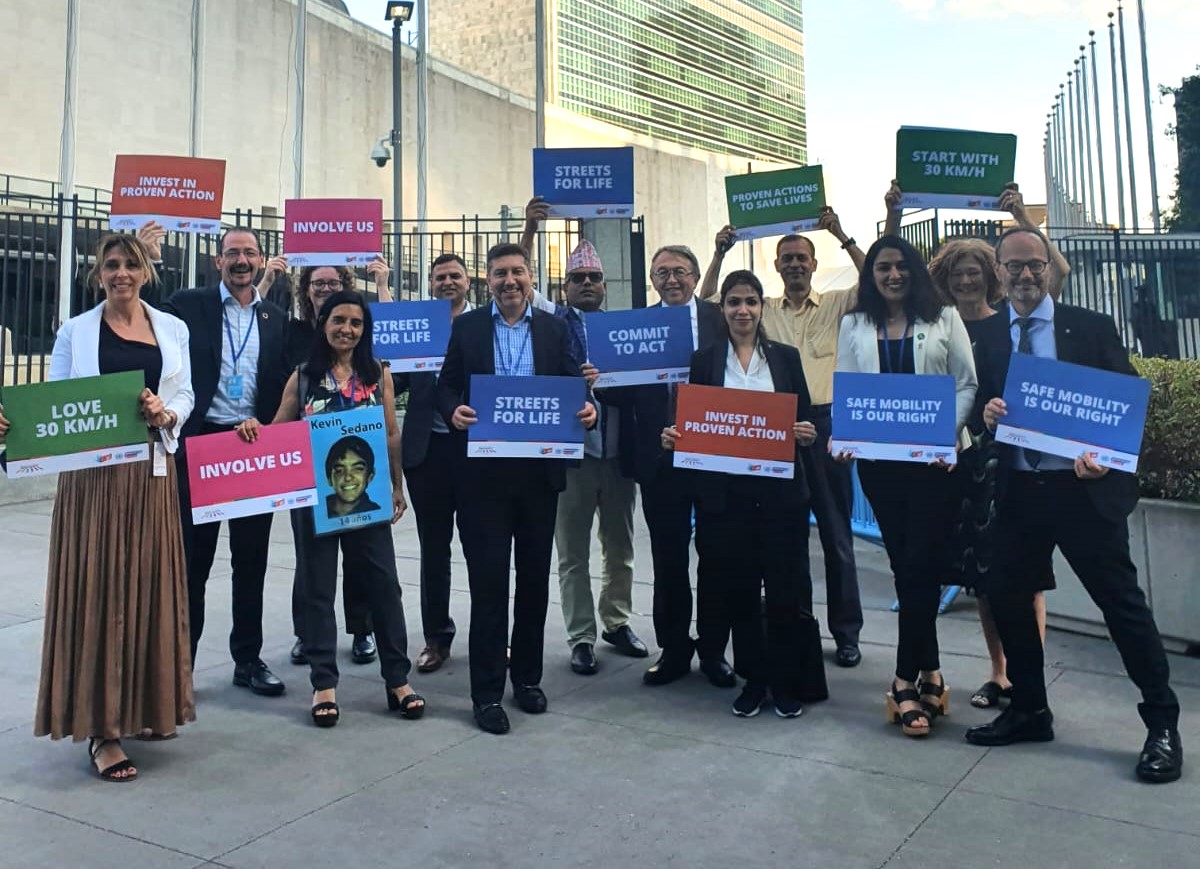
Dr Boboye Oyeyemi, Federal Road Safety Corps (FRSC), Nigeria; Rob; Julio; and Lukwago Erias, Lord Mayor of Kampala City, Uganda – working together to advance road safety
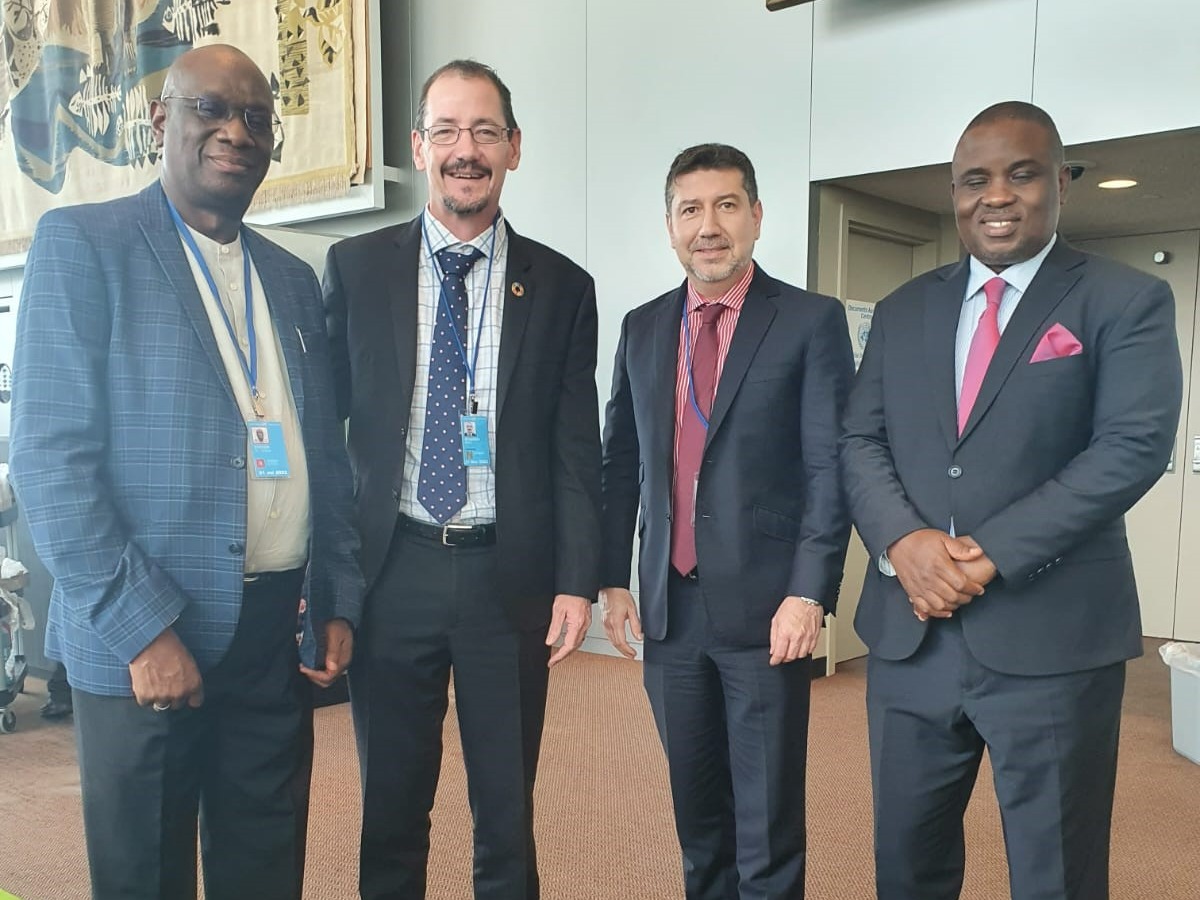
With Maria del Carmen Gonzalez, Executive Director, ANSV and Martha Barrios, Director, National Road Safety Observatory, Paraguay

Rob and Estiara Ellizar, Global Youth Coalition for Road Safety Ambassador from Indonesia
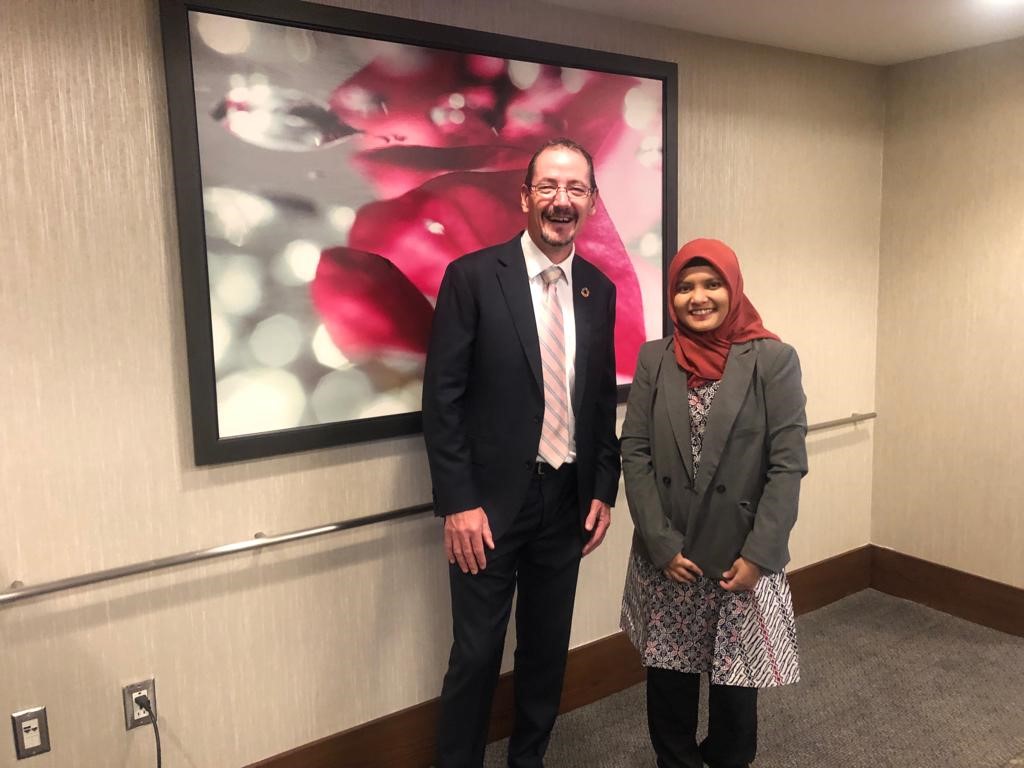
iRAP support for countries preparing for the High-level Meeting
In the lead up to the High-level Meeting, iRAP worked closely with the Permanent Missions to UN Member States, Heads of State and Ministers, and our partners from the ground-up, calling on Presidents and Prime Ministers to actively participate in the meeting, share success and commit to implement the Global Plan for the Decade of Action for Road Safety 2021-2030 to save lives and serious injuries.
This included the release of:
- iRAP Countries’ Progress Summary brochure here (note the brochure at this link will be updated around July and January with updated national information)
- Where We Work map enhancements and filterable country activity table here
- Library of exemplar national road safety strategies and action plans which include targets for safer road infrastructure, as an example for all countries to follow. See the strategy library here and audio-visual summary here.
- Letters to Heads of State in 153 countries to which nearly 60 responded.
For more information
- To connect with national Road Assessment Programmes, see Where We Work and click on your country’s pin here
- See how safer road infrastructure appears in the Global Plan and iRAP is supporting countries to eliminate high-risk roads here
- Explore iRAP’s Vaccines for Roads Big Data Tool for national and global profiles on the impact of injury, how safe the roads are for different road user groups, the road attributes that matter, and the Business Case for Safer Roads in terms of the human and economic savings that can be achieved here
- Read iRAP’s Plan for the Decade of Action for Road Safety – Partnerships for 2030 Impact here
Images credit: iRAP
Videos credit: UN WebTV
